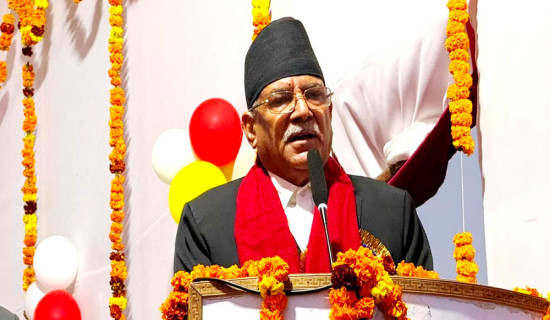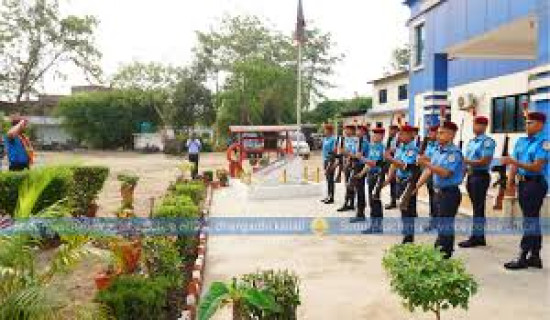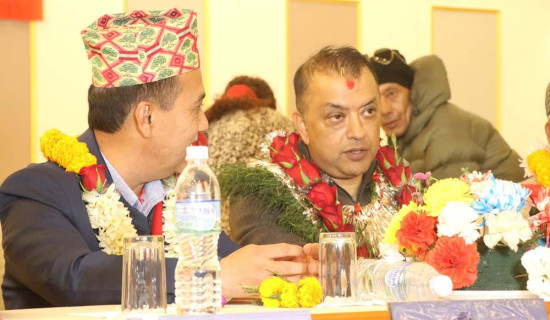- Saturday, 17 January 2026
A Remarkable Era: China's Insight and Dedication in the Belt and Road Initiative
Yumeng Li Xinmiao
Yang and Zewen Song
In September and October 2013, President Xi Jinping proposed
the cooperative initiatives of building the "New Silk Road Economic
Belt" and the "21st Century Maritime Silk Road," collectively
referred to as the "Belt and Road Initiative" (BRI).The Belt and Road
aims at hold high the banner of peaceful development, actively develop economic
cooperation with its partners, and jointly build a community of interests,
destiny and responsibility based on political mutual trust, economic
integration and cultural tolerance. During the past 10 years, China has taken
practical actions to solve the development problems of developing countries,
eliminated the unstable factors in many parts of the world, injected new
vitality into the development of the world economy, contributed Chinese wisdom
to world peace and stability, demonstrated the image of China as a responsible
great power, and set an example of: what it means to be a great power.
Chinese wisdom has solved the development problems of
developing countries. Historically, global economic protocols were dictated by
developed nations which have restricted the development of developing countries
by erecting trade barriers, formulating market protection measures, and
launching rounds of trade wars, etc. In the context of globalisation,
developing countries have been forced to accept these rules set by developed
countries if they want to seek greater development, and the problem of
imbalance between North and South has become increasingly prominent. It is
against this background that the "Belt and Road" concept came into
being, which has been called "China's top strategic concept",
providing developing countries with equal opportunities for exchanges and
cooperation, and diversified options for their economic development. BRI's
reach spans across continents, touching countries such as Kenya and Pakistan. The Belt and Road
Initiative is a global strategic framework proposed by China to promote
economic cooperation and development in Asia, Europe and Africa. It passes
through many developing countries, including Pakistan, Indonesia, Malaysia and
Kazakhstan in Asia, Russia, Serbia and Greece in Europe, and Egypt, Kenya and
Nigeria in Africa. Through their participation in the Belt and Road project,
they not only receive opportunities for Chinese investment, infrastructure
construction, trade cooperation and technology transfer to reduce poverty and
improve the living standards of their people; they also promote inter-regional
trade and connectivity, and enhance their status and influence in the global
economy. Developing countries often grapple with political instabilities, legal
gaps, infrastructural deficiencies and they also face problems of inadequate
infrastructure, unstable energy supply and resource shortages; and the lack of
a high-quality labour force and the ability to innovate may also impede
economic growth and industrial upgrading. Global economic instability and
external shocks can have a significant impact on the economic growth of
developing countries. Imbalances in international trade, volatility in
financial markets and cyclical fluctuations in the global economy may make
developing countries more vulnerable to external shocks. Against this backdrop,
the Belt and Road project has maximised its resilience to help developing
countries recover. It not only focuses on infrastructure construction, but also
covers trade, investment, finance, energy, humanistic exchanges and other
areas. This multidisciplinary cooperation makes the Belt and Road Initiative
more adaptable and flexible, able to meet the development needs of different
countries and regions; at the same time, the Belt and Road Initiative adopts a
variety of cooperation modes, including inter-governmental cooperation,
enterprise cooperation, regional cooperation and so on. This multi-level and
multi-channel mode of cooperation enables the Belt and Road Initiative to
choose the most suitable mode of cooperation according to specific
circumstances and needs, and to enhance the flexibility and effectiveness of cooperation.
China has taken on the role of removing factors of
instability in many parts of the world. China's role in alleviating global
unrest is noteworthy. Advocating for cooperative peace, as General Secretary Xi
mentioned at the opening ceremony of the Third Belt and Road Forum for
International Cooperation, the gift of a rose is worth the price of admission.
With full respect for the historical background and development status of each
country, China has put forward the concept of cooperation based on common
development and sharing, and has jointly formulated cooperation plans and
projects through dialogue and consultation with other countries; at the same
time, it actively participates in and supports the system of multilateralism,
and advocates the resolution of global issues through international
cooperation. China actively participates in international organisations such as
the United Nations, the World Trade Organisation and the international
financial institutions, and actively cooperates with different countries and
organisations in a wide range of fields, promoting regional and even world
peace through multilateral cooperation. The Belt and Road Initiative covers a
wide range of regions, including Asia, Europe, Africa and Latin America, and
the participating countries have different political, economic and cultural
backgrounds, but they have mutual trust and communication with each other. This
is due to the fact that the Belt and Road project is able to make flexible
adjustments and co-operation according to the characteristics and needs of
different countries, and take into full consideration the interests and
concerns of each country, making it possible for countries to seek common
ground while reserving differences and to be in harmony, making the Belt and
Road project a worthy model for dealing with issues of regional co-operation
and development, and injecting a lot of positive factors into regional
stability. China is a responsible big country. Financially, institutions like
the Asian Infrastructure Investment Bank (AIIB) and the Silk Road Fund underpin
the BRI's projects provided stable financial support .These institutions
provide financing channels for countries along the route to help them achieve
their infrastructure construction and economic development goals. China has
invested a large amount of money in infrastructure construction in countries
along the Belt and Road. These investments cover transport, energy,
communications and other areas, helping to improve the level of infrastructure
in the countries along the route and promote trade and the movement of people.
China has made important contributions to the implementation of the Belt and
Road project through its efforts in investment, infrastructure construction,
trade promotion, financial cooperation, cultural exchanges and regional
cooperation. Those efforts had helped to promote cooperation and development
among countries along the route, boost regional economic growth and prosperity,
enhance cohesion among the populations of the countries along the route, and
make a great contribution to regional stability.
The past decade under the BRI's ambit has been
transformative, but not without challenges. However, the implementation of the
Belt and Road project in developing countries has been accompanied by a number
of challenges and controversies: political risks, with a number of geopolitical
disputes between China and some of the countries along the route, such as the
South China Sea dispute. These disputes may have a negative impact on the
co-operation and relationship between the two sides. Financial risks: there are
differences in the level of economic development, culture and social systems
between China and developing countries along the route. Trade barriers and
protectionism are a major challenge in the construction of the Belt and Road.
Some countries have adopted protective measures to restrict trade and
investment liberalisation, hindering the deepening of economic cooperation
between the two sides. Environmental risks: Belt and Road projects involve
large-scale infrastructure construction, such as roads, railways, ports



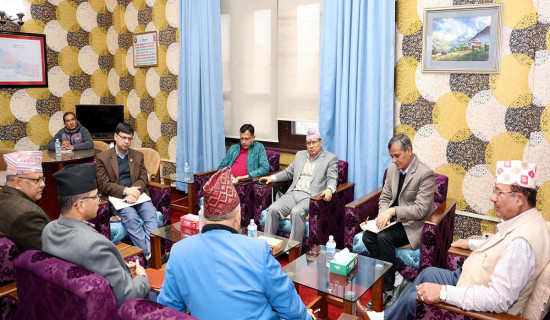
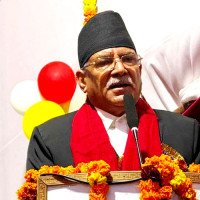
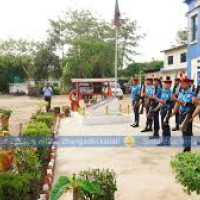
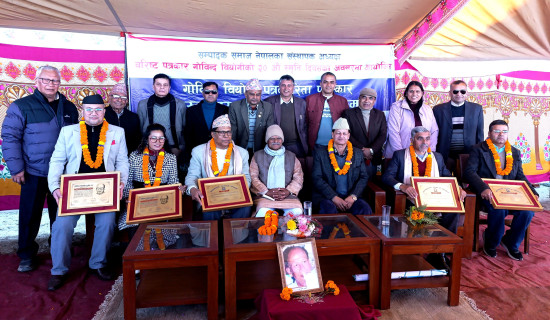

-square-thumb.jpg)
